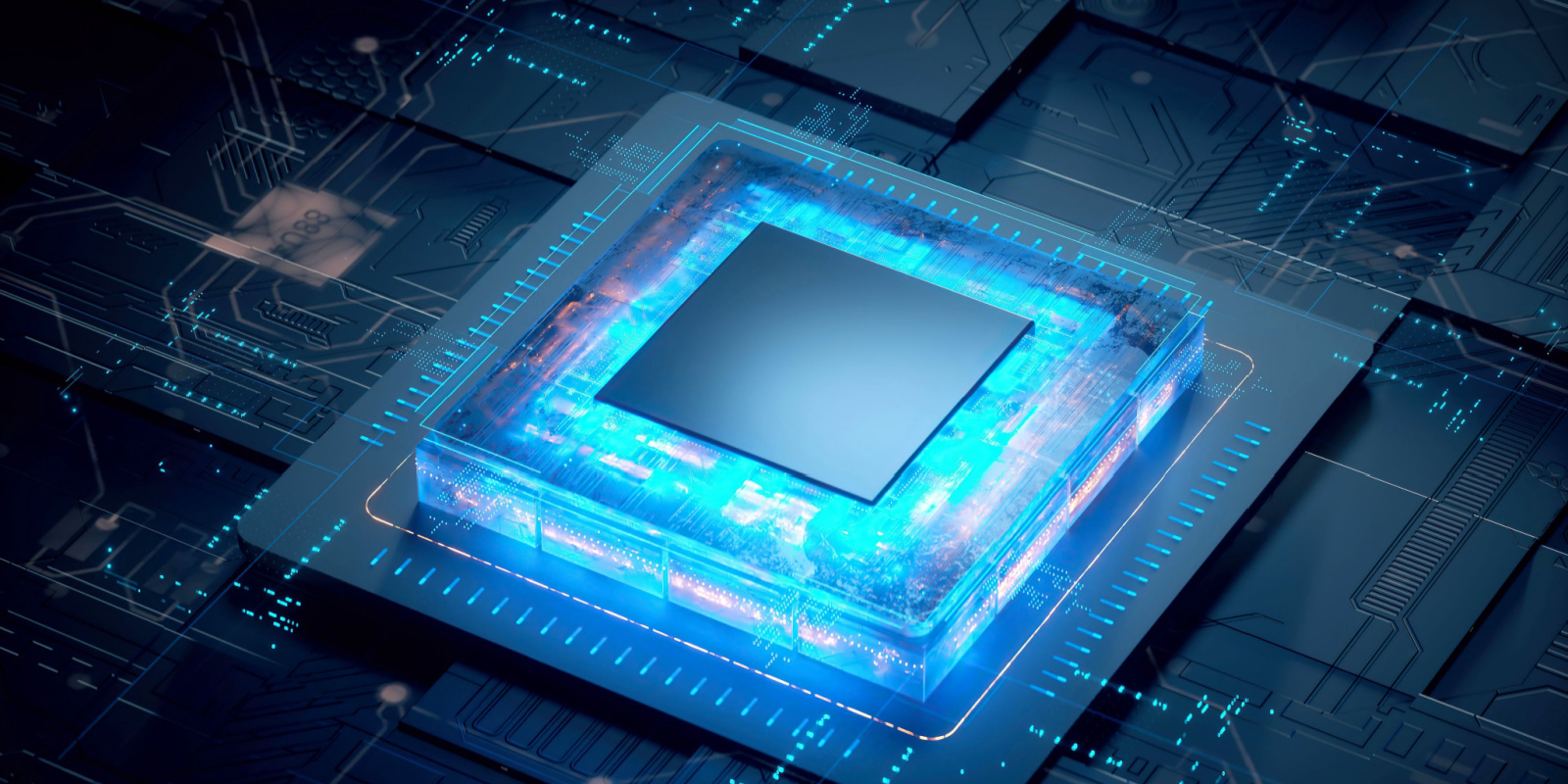Making the Most of GPU for Your Deep Learning Project

As technology advances, so do the tools used to create it. It is especially true in the realm of Deep Learning and Artificial Intelligence, where using a suitable Graphics Processing Unit (GPU) can make all the difference when it comes to training a model or performing intensive computations.
For tech-savvy enthusiasts and geeks alike, investing in an appropriate GPU cloud for their deep learning systems can be critical for unlocking incredible capabilities that would otherwise remain out of reach. In this blog post, we’ll explore exactly which GPUs are best suited for use with deep learning applications and how to ensure you pick the right one for your needs. But first, let’s start with the basics.
What is Deep Learning?
Deep Learning (DL) is a subset of ML that utilizes artificial neural networks to understand and remember patterns in data. These neural networks are made up of several interconnected processing nodes also known as neurons that can learn to recognize input data patterns. DL algorithms can automatically learn to identify complex patterns in data, including distinguishing between different objects and facial features, recognizing spoken words and sentences, and understanding the meaning of text passages.
Businesses often also use deep learning networks to generate images and text descriptions of objects. With all these complex tasks DL has to carry out, there is a requirement for cutting-edge technology as well.
Why Choose GPUs for Deep Learning?
GPUs are essential for deep learning because they can handle many matrix operations required for deep learning algorithms. GPU clouds are generally better at handling matrix operations than CPUs, which is why they are commonly used for machine learning and data mining applications. You can speed up the learning process by using a powerful GPU cloud by 4-5 times.
There are several important factors to consider when choosing a GPU for deep learning. Pay attention to the six listed things to consider to make the most of GPUs for your deep learning project:
1: The Type of GPU Cloud
For deep learning, NVIDIA’s TITAN X and Quadro P6000, and NVIDIA A100 GPUs are the best on the market. These GPUs offer the highest performance and largest memory sizes of any consumer or professional GPU. In addition, these GPUs support NVIDIA’s latest Pascal architecture, which significantly improves performance and energy efficiency compared to previous-generation architectures.
2: The Number of Cores on the GPU
There is no definitive answer when deciding the number of cores on the GPU for deep learning, as it depends on the application’s specific needs and the hardware platform. However, a recent study by NVIDIA found that performance on deep learning tasks increases with increasing numbers of cores, up to 4,000. Beyond that number of cores, performance does not continue to increase linearly.
3: The Memory Size of the GPU
GPUs are essential for deep learning because they can process data much faster than CPUs. In fact, GPUs can process data up to 10 times faster than CPUs. It is why it’s crucial to have a GPU with a lot of cores and much memory. The more cores the GPU has, the more data it can process at once, and the more memory the GPU has, the more data it can store in its cache.
Thus, you want a GPU with many cores and a large amount of memory for deep learning. A GPU with 16GB of memory would be ideal.
4: The Type of Memory (GDDR5, GDDR6, etc.)
In a nutshell, the latest generation of GPUs, GDDR6, is specifically designed for deep learning. GDDR6 has about twice the bandwidth of GDDR5 (the previous generation of GPU), making it an excellent choice for deep learning applications.
5: The Clock Speed of the GPU
It’s tough to decide on the best clock speed of the GPU for deep learning as it depends on the specific application and hardware platform. However, a clock speed of around 1 GHz is generally considered ideal for deep learning applications.
6: The Software Support (CUDA, OpenCL, etc.)
For good deep learning, you need a computer with a CUDA-enabled graphics processor (GPU) or an OpenCL-enabled graphics processor. Some deep learning software libraries (like Theano and TensorFlow) can use both CUDA and OpenCL so that they will work on computers with either type of GPU. Other libraries (like Caffe) are explicitly written for CUDA or OpenCL, so they will only work on computers with the appropriate kind of GPU.
The Bottom Line
As technology rapidly evolves, there have been more and more avenues for innovation. One of these areas that have seen an increase in development is deep learning, which relies heavily on GPUs (Graphics Processing Unit) to power its impressive capabilities. Just as personal computers and laptops rely on powerful GPUs to render graphics quickly and accurately, deep learning depends upon GPU-powered systems for tasks such as image recognition and processing large datasets. Having the right GPU is critical for effective and efficient deep learning.
Ace GPU Cloud is the way to go if you’re looking for a quality GPU that will help you with your deep learning needs. With their top-of-the-line GPUs, such as NVIDIA A100 GPU, you’ll be able to train your models quickly and efficiently – without breaking the bank. So, if you’re in the market for a new GPU, be sure to check out Ace Cloud Hosting today!